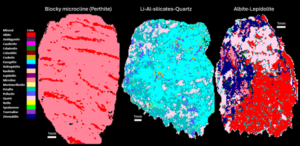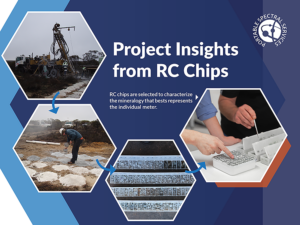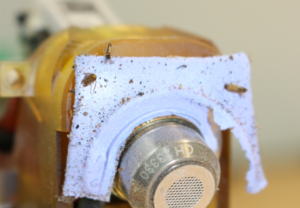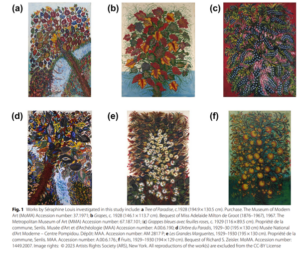
A Bright Future Ahead
Portable Spectral Services Announces Exciting Management Transition
Soil sampling is a key part of many projects, whether it be during exploration, or soil remediation and site clean-up. A key part of this is the collection of reliable data to quickly assess soil composition. Handheld Bruker XRF instruments have become a valuable tool in the characterisation of soil samples with a range of applications. The ability to rapidly (30-60 seconds per sample) and accurately analyse the soil with a non-destructive method that requires no sample preparation means that projects can meet their deadlines and do not go over budget.
Handheld XRF instruments cover a comprehensive range of elements and can provide accurate and precise quantitative data for elements from sodium to uranium. With an analysis area of 8mm in diameter and a penetration depth of up to 1cm, a representative elemental composition of your sample can be obtained with a single scan in less than a minute. Running a quick analysis (30 second scan) can generate results that provide a good indication for pass/fail testing, when looking at elemental thresholds. A longer 60 second scan time will generate accurate data that can be used robustly for compositional analysis of your samples.

• In-situ Analysis: This requires no sample preparation, with the fast, non-destructive analysis of the soil, designed to rapidly identify elemental composition directly on the ground.
• Indirect Analysis: Some sample preparation is necessary to provide quality semi-quantitative results, with the material being collected and placed into Ziploc bags to create a more homogenized sample.
• Ex-situ Analysis: Sample preparation involves grinding, sieving and packing dried soil into cups to deliver high quality data that correlates to lab results with r2 values of 0.98.
• In-situ and real-time analysis of the soil with a complete element composition and heavy metal contamination profile.
• The ability to analyse in-situ and onsite can eliminate or reduce the cost and turnaround time associated with sending samples to a lab, with data collection possible in hours rather than weeks.
• Only need to send 5-10% of samples analysed with the XRF in the field to the lab for confirmation, reducing the number of samples sent to the lab.
• Excellent calibrations and technology purpose built for in-situ soil testing.
The Bruker tools available today for soil analysis offer great flexibility, speed and accuracy, and are a crucial addition to any soil characterisation, monitoring or remediation study.

Portable Spectral Services Announces Exciting Management Transition

Our tool introduces uXRF (micro-X-ray fluorescence) scanning technology to RC chip analysis, enabling rapid, non-destructive, and quantitative analysis of major, minor, and trace mineral phases.

Automated micro-X-ray fluorescence (micro XRF) technology emerges as a powerful tool to rapidly and accurately capture the mineralogy of rock chip, RC and AC samples.

Findings of an ongoing regional evaluation study over concealed Proterozoic lithologies known to host magmatic nickel sulphides with potential to host other base-metal, gold and rare earth elements (“REE”) systems within the Fraser Range, Western Australia.

Findings of an ongoing regional evaluation study over concealed Proterozoic lithologies known to host magmatic nickel sulphides with potential to host other base-metal, gold and rare earth elements (“REE”) systems within the Fraser Range, Western Australia.

Findings of an ongoing regional evaluation study over concealed Proterozoic lithologies known to host magmatic nickel sulphides with potential to host other base-metal, gold and rare earth elements (“REE”) systems within the Fraser Range, Western Australia.
